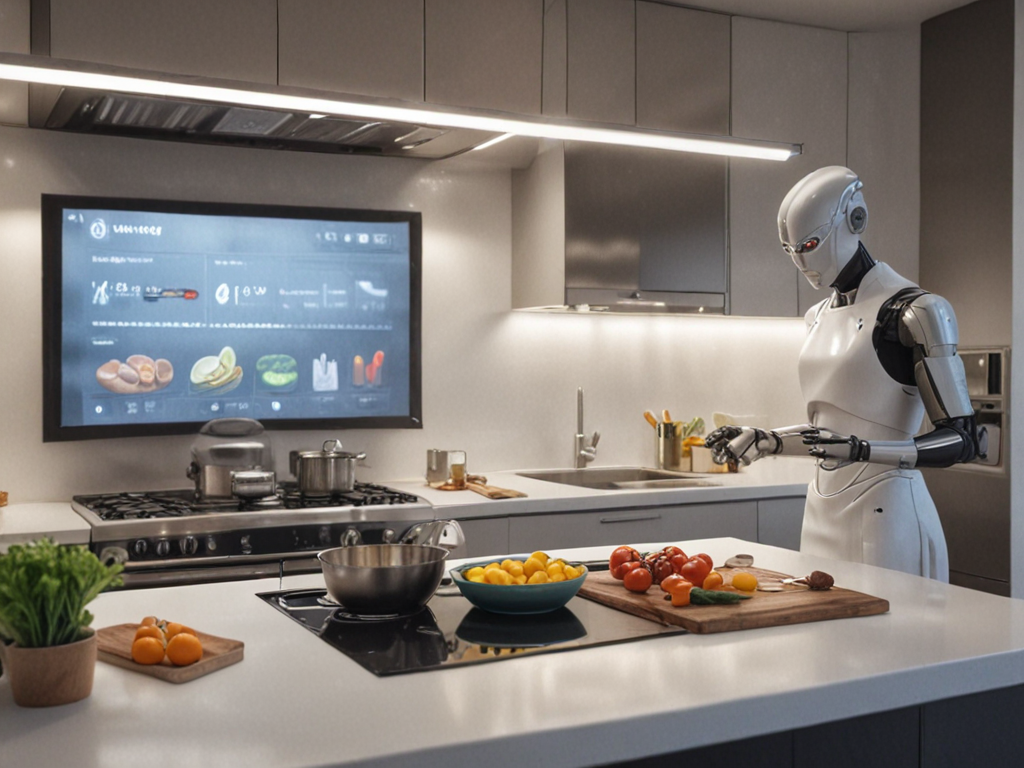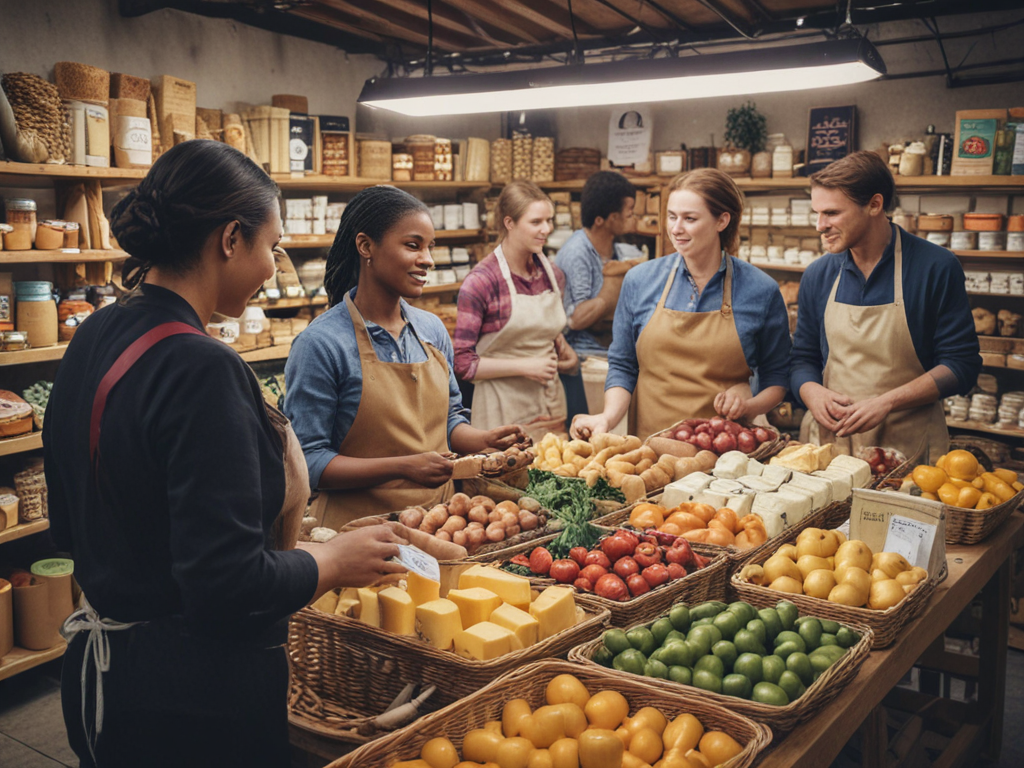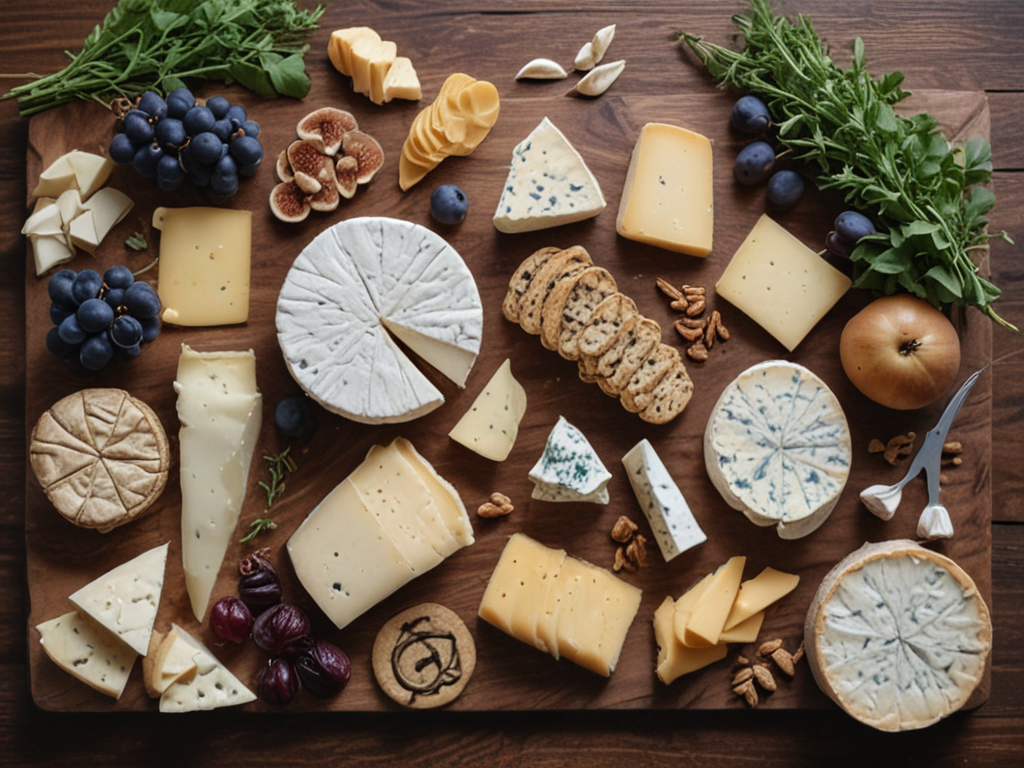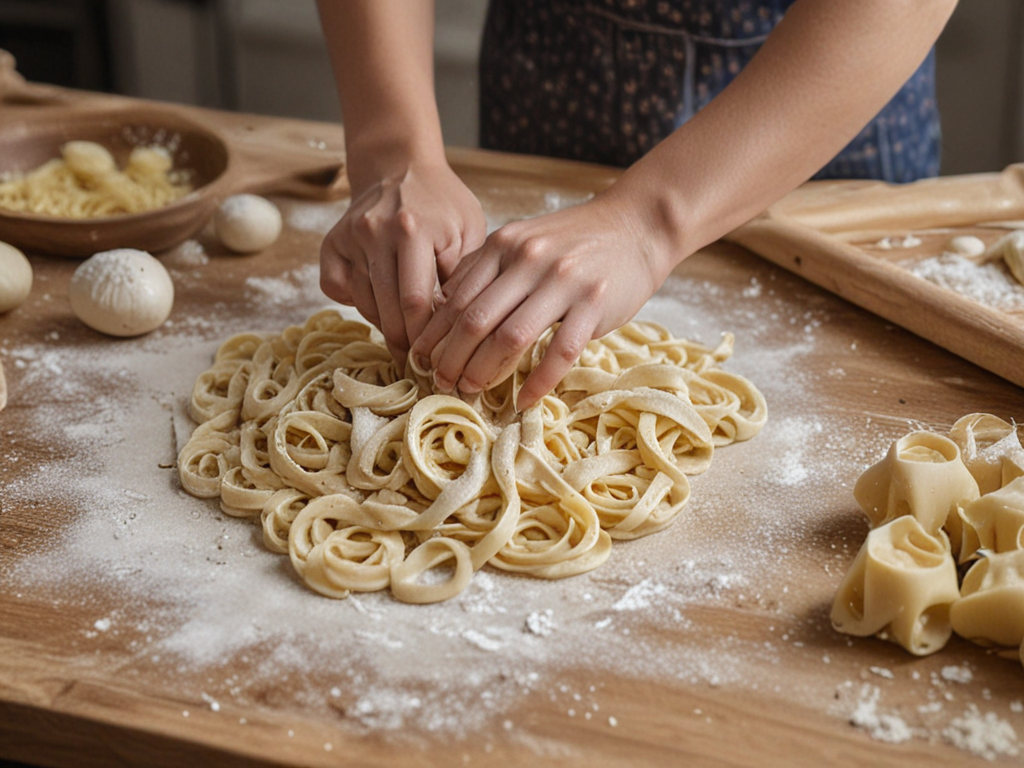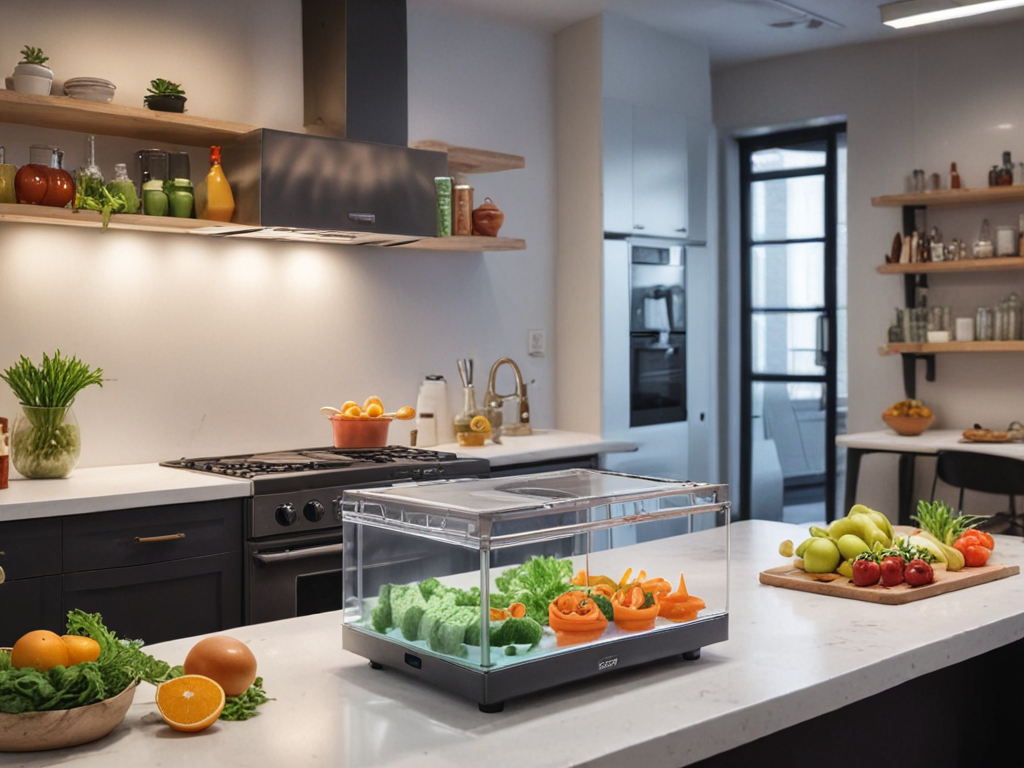
As technology advances, the culinary world is exploring new horizons with 3D food printing, akin to sculpting with ingredients. Imagine the possibilities of creating intricate dishes layer by layer, pushing the boundaries of traditional cooking methods. The question arises: Can this innovative technology truly revolutionize how we prepare and experience food? Join me as we explore the evolution, benefits, challenges, and potential applications of 3D food printing, and consider what this means for the future of cooking.
The Evolution of 3D Food Printing
I witnessed firsthand the remarkable evolution of 3D food printing technology, revolutionizing the way we approach cooking and food creation. The introduction of 3D food printing has paved the way for innovative designs and culinary creativity like never before. Through this technology, intricate and personalized food creations are now achievable with a level of precision that was previously unimaginable.
The marriage of technology and culinary arts has given rise to a new era in food production. With 3D food printing, chefs and food enthusiasts can experiment with shapes, textures, and flavors in ways that were once limited by traditional cooking methods. This shift has empowered individuals to push the boundaries of what is possible in the kitchen, sparking a wave of creativity and exploration in the culinary world.
Incorporating 3D food printing into cooking not only enhances the visual appeal of dishes but also opens up a world of possibilities for chefs to showcase their skills and imaginations. The fusion of technology and culinary arts continues to inspire endless opportunities for innovative designs and culinary creations, shaping the future of cooking.
Benefits of 3D Food Printing
Utilizing 3D food printing technology offers a myriad of benefits that revolutionize culinary possibilities and enhance food presentation. The innovative approach of 3D food printing brings numerous advantages, including:
-
Cost Efficiency: By using precise amounts of ingredients, 3D food printing reduces waste and optimizes resources, leading to cost savings in the long run.
-
Personalized Nutrition: With 3D food printing, it becomes easier to customize meals according to individual dietary needs, guaranteeing a healthier and more tailored eating experience.
-
Enhanced Creativity: The technology allows for intricate designs and shapes that are challenging to achieve manually, enabling chefs to release their creativity and innovate in the kitchen.
-
Consistent Quality: 3D food printing guarantees consistent portion sizes and presentation, leading to a more standardized quality across dishes.
These benefits not only cater to the needs of modern consumers seeking personalized experiences but also contribute to the efficiency and creativity in the culinary world.
Challenges in Implementing 3D Food Printing
What challenges arise when implementing 3D food printing technology in culinary practices? There are several key obstacles that need to be addressed for the successful integration of 3D food printing into mainstream cooking processes. Regulatory hurdles and technological limitations pose significant barriers that need to be overcome. Ensuring that the technology meets all necessary food safety standards is critical for consumer acceptance and widespread adoption.
To further understand the challenges in implementing 3D food printing, let’s explore the following key areas:
| Challenges | Description |
|---|---|
| Regulatory hurdles | Meeting food safety regulations and compliance standards |
| Technological limitations | Enhancing precision and speed of printing processes |
| Cost implications | Managing the expenses associated with equipment and materials |
| Food safety concerns | Ensuring the safety and quality of printed food products |
| Integration issues | Seamlessly incorporating 3D food printing into existing kitchen workflows |
Addressing these challenges will be essential for opening up the full potential of 3D food printing in revolutionizing the future of cooking.
Applications of 3D Food Printing
3D food printing technology offers innovative ways to create intricate culinary designs and personalized food products. When exploring the applications of 3D food printing, the possibilities are limitless. Here are some key areas where this technology is making a significant impact:
-
Customized Nutrition: With 3D food printing, it is now possible to tailor meals to individual dietary needs. Whether it’s adjusting portion sizes, incorporating specific nutrients, or catering to dietary restrictions, personalized nutrition is at the forefront of this technology.
-
Culinary Creativity: Chefs and food enthusiasts can release their creativity like never before with 3D food printing. From designing intricate shapes to experimenting with unique flavor combinations, this technology opens up a whole new world of culinary possibilities.
-
Enhanced Food Presentation: 3D food printers allow for precise detailing and artistic presentations that elevate the dining experience. Restaurants can use this technology to create visually stunning dishes that captivate customers.
-
Food Production Efficiency: In commercial kitchens, 3D food printing can streamline production processes, reduce food waste, and improve overall efficiency. By automating certain tasks, chefs can focus more on creativity and innovation in the kitchen.
Future Prospects and Considerations
Looking ahead to the future of 3D food printing, the potential advancements and considerations in this cutting-edge culinary technology are both intriguing and crucial. As this technology continues to evolve, several key factors will shape its future landscape.
| Future Prospects and Considerations |
|---|
| Ethical Implications |
| Sustainability Concerns |
| Consumer Acceptance |
| Market Growth |
Ethical implications surrounding 3D food printing involve questions about the use of ingredients, animal products, and the impact on traditional culinary practices. Sustainability concerns address the environmental impact of this technology, such as food waste and energy consumption. Consumer acceptance plays a crucial role in the widespread adoption of 3D food printing, influencing its integration into households and restaurants. Market growth will depend on factors like cost-effectiveness, reliability, and the ability to meet diverse culinary preferences. By addressing these considerations, the future of 3D food printing holds great promise for revolutionizing the way we prepare and consume food.

